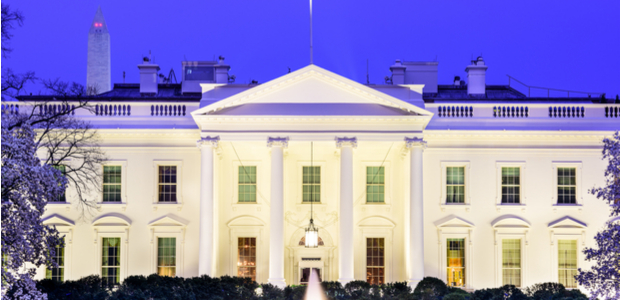Secret Service tests facial recognition system at the White House

The Secret Service started testing a facial recognition system in and around the White House last week, according to a privacy assessment released by the Department of Homeland Security.

The Secret Service started testing a facial recognition system in and around the White House last week, according to a privacy assessment released by the Department of Homeland Security on Nov. 28.
The pilot uses a facial recognition system, unnamed in the privacy document, to pore over faces collected by the Crown closed circuit TV system that is used inside and outside the White House complex in Washington, D.C.
The goal of the project is to determine whether a facial recognition capability can be used by the Secret Service to identify "known subjects of interest prior to initial contact with law enforcement" around the White House. These subjects of interest pose potential threats to individuals under Secret Service protection. They come to the attention of the Secret Service through their own direct communications with the White House as well as social media posts, reports from the public and the news media as well as information from other law enforcement agencies.
Volunteer Secret Service agents are the test subjects. Under the pilot, which kicked off Nov. 19, images of the test subjects will be added to the facial recognition system, and the video collected by the CCTV system will be reviewed for hits. According to the privacy document, images that match the faces of test subjects will be stored in the system for research purposes. Images that don't trigger hits will be deleted. All data will be purged from the system when the pilot ends on Aug. 30, 2019.
The test is not being conducted in real time. Hits generated on the system will be reviewed on a weekly basis, according to the privacy document.
There's no opt-out for individuals who frequent the area around the White House but who wish to avoid having their image captured by the CCTV cameras and checked against a facial recognition system. "However, individuals who do not wish to be captured by White House Complex CCTV and cameras involved in this pilot may choose to avoid the area," the document states.
This is just the latest use case for facial recognition systems by DHS. Customs and Border Protection is testing facial recognition as part of its biometric entry and exit screening plan to keep tabs on international travelers. While the airport systems are largely voluntary, they are used on passengers deemed to require secondary or additional screening. The CBP system was involved in the arrest in August of a foreign traveler at Dulles Airport in Virginia who was trying to enter the U.S. on someone else's passport.



